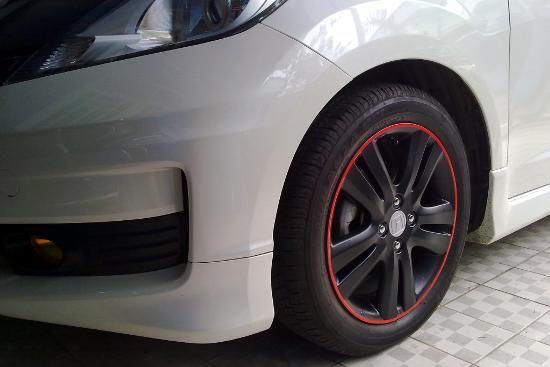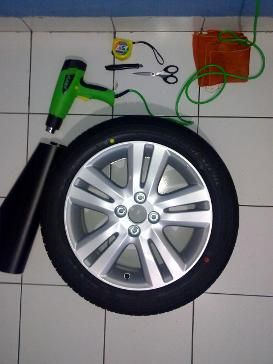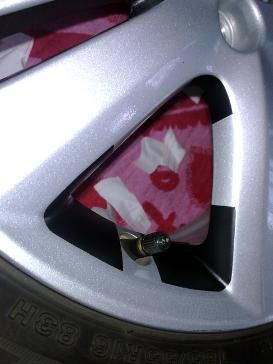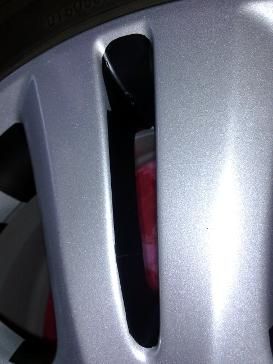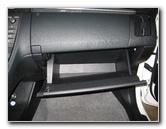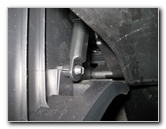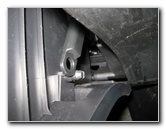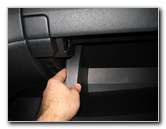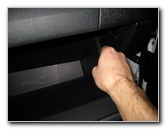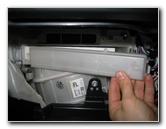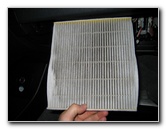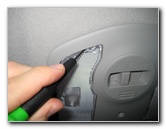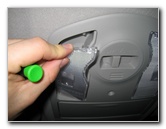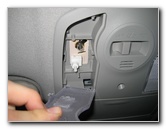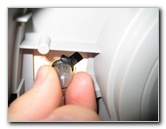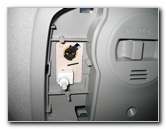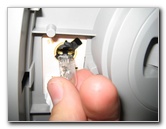Auto Trans Fluid & Filter Replacement DIY instructions
This first section answers some FAQs and gives some background to the
fluid and replacement procedures, the second covers tools and materials,
the third & fourth involves the trans fluid, and the fifth filter
replacement.
General Info & Details:
how do I check the fluid level? Check
the level with the fluid hot. Not just "drive around the block warm,"
you want to drive at least 5-10miles/15 minutes or so. The vehicle
should be parked in a level spot. With the motor still running, slowly
run the gear selector up and down thru all the gear positions. Return
it it
park and shut the motor off. Pull the dipstick immediatly,
wipe it off and reinsert it. Pull it out and look at the level. It
should be near the top of the range. Check the fluid for "condition"
also....you want it to be a nice bright red color and not smell burnt.
When reinstalling the dipstick be sure to position the handle facing
towards the breather pipe next to the dipstick hole.
when should the fluid be changed?
According to my owners manual, every 120k miles or so. I think it may
have been reduced to 90k on some newer model. It is rather vague about
changing it based on “condition.” Either way, this is not often enough
IMHO. I suggest every 60k, or even sooner if you tow often or the
vehicle gets used hard. I’ve been doing mine about every 20k miles
since it reached 30k.
If your fluid looks dirty, isn’t a nice red/dark red color, or smells burnt, it needs to be changed.
When the fluid is drained, about 60% of it stays in the trans/torque
converter. More frequent changes ensure there is plenty of good fluid in
your transmission.
what about “flushing” the transmission?
Be careful, the term often means that a “power flush” is performed and
may include chemicals not normally found in Honda trans fluid. Honda
says do not do this. I agree, and so do many others.
If by “flushing” you/they mean draining the fluid, refilling, operating
the car a bit, and then repeating the drain & fill process several
times, then it is a perfectly acceptable way of replacing the fluid.
where is the filter? The dealer says it doesn’t have one? It has an inline filter located low and just in front of the
radiator.
Honda says replacement is only necessary if the transmission is
rebuilt or replaced. I like to replace it every other fluid change, but
I’m sure every 60k miles is plenty.
what kind of fluid do I need? Can I use synthetic?
Honda recommends replacement with Honda ATF-Z1 only. I personally
don’t recommend anything else, but some claim good results (or bad
results!) with aftermarket fluids. Use the search feature and your best
judgments and please don’t clog this DIY thread up with fluid, Amsoil,
etc discussion.
The official Honda specified fluid capacities are:
4wd - 3.3 quarts at change, and holds 7.6qt overall
2wd - 3.4qt at change, and holds 7.2qt overall
what about drain plug torque specifications? The drain plug is M18x1.5 pitch and should be torqued to 36lb-ft (49N-m). It uses a special crush washer.
I overheated the trans and now the fluid smells bad, what should I do? Change it. Do a full “flush,” drain & fill and repeat 3 times. It may save it, or at least prolong replacement.
What about a transmission cooler? The Element has one built into the
radiator.
It should be flushed (or replaced) whenever the trans is replaced or
rebuilt to avoid contaminating the new trans. An auxilary tran cooler
is a good idea for anyone that does serious towing. Do a search and/or
check the towing section of the EOC for more information. Most install
"inline," much like the filter.
